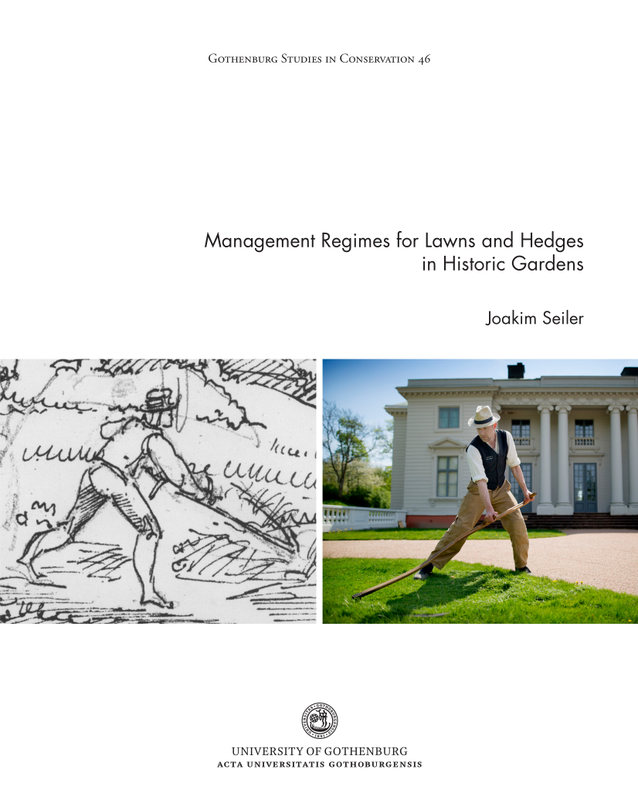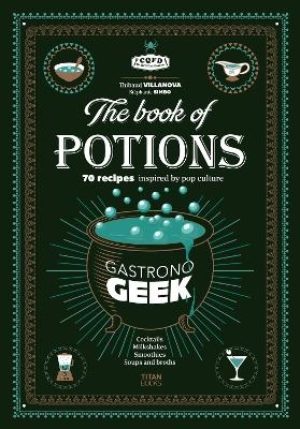This research investigates and compares eighteenth-century and contemporary garden management methods with a focus on the structural elements of lawns and hedges at Gunnebo House, which is used as a craft laboratory. The concept of management regime is utilized for a discourse analysis of the garden through the norms embedded in the management. My research asks not only how did they do it back then? but also how shall we do the work now? The research has consisted in travelling in a hermeneutical circle, from historical sources to craft experiments of historical gardening and onwards, towards an enhanced understanding of the sources through the discoveries made in the experiments. One result of this study is the development of knowledge concerning eighteenth-century management methods for lawns and hedges which has been acquired through the study of historical sources and craft experiments. The craft experiments showed that use of manual tools generally requires a higher degree of skill than is needed when using contemporary tools, which typically secure the quality of the work themselves. The tool used day after day on a particular element of the garden slowly transforms the object. Some historical gardening crafts are living traditions and other vanished methods have been reconstructed in my study. The management affects the garden as a soundscape and this investigation indicates that the contemporary power tools reduce accessibility for visitors due to the noise produced by the tools. The conclusion of the research was that there were several dominant management regimes. The first is a regime that I call the management regime of conspicuous consumption. It developed during the seventeenth century and intended to manifest the social Abstract status of a person, like John Hall at Gunnebo House, by consumption of luxury articles. The pleasure garden at Gunnebo House was an unproductive piece of land that required intense management; it was conspicuous consumption of land. Another dominant regime has been the management regime of the heritage garden at Gunnebo House since the 1990s. The aim for this regime is the revival of the eighteenth century. The conception of time, of what the eighteenth century is, is rhetorical and the regime produced a ‘heritagized’ image of a past time. In this regime, traditional crafts have been an important component and the management has developed into heritage gardening. Both the regime of conspicuous consumption and the regime of the heritage garden strive for the same esthetical ideals, the same expression and, to a large extent, the same craft practices. The major difference between these regimes is that, in the eighteenth century, the ideals, style, and craft were modern and future-oriented while today they are historical enterprises which are oriented to the past. The study has concluded in the suggestion for a new management regime, the regime of meaningful management in the age of the Anthropocene. This regime is not only focused on craft as a means to preserve historic gardens and on looking back over history and defining values based on measurements of preservation of tangible and intangible cultural historical qualities; it also highlights craft as meaningful activity in its own right for people of today. It is a regime which encourages quality and sustainability that comprises and combines good practices from different pasts with contemporary concerns for biodiversity and sustainability as well as people’s sense of heritage and interest in learning from the past.
Parts of work
Article I: “The Time-space of Craftsmanship” Craft Research (Journal). (2019). Volume 10:1. pp. 17-39. Reproduced with permission of publisher. Copyright © 2019 Intellect Ltd
Article II: “Gardening Craft Reconstruction” Manuscript under review in the anthology Craft + Science.
Article III: “Ways of Tacit Knowing” Manuscript (film) submitted to Journal of Video Ethnography.






